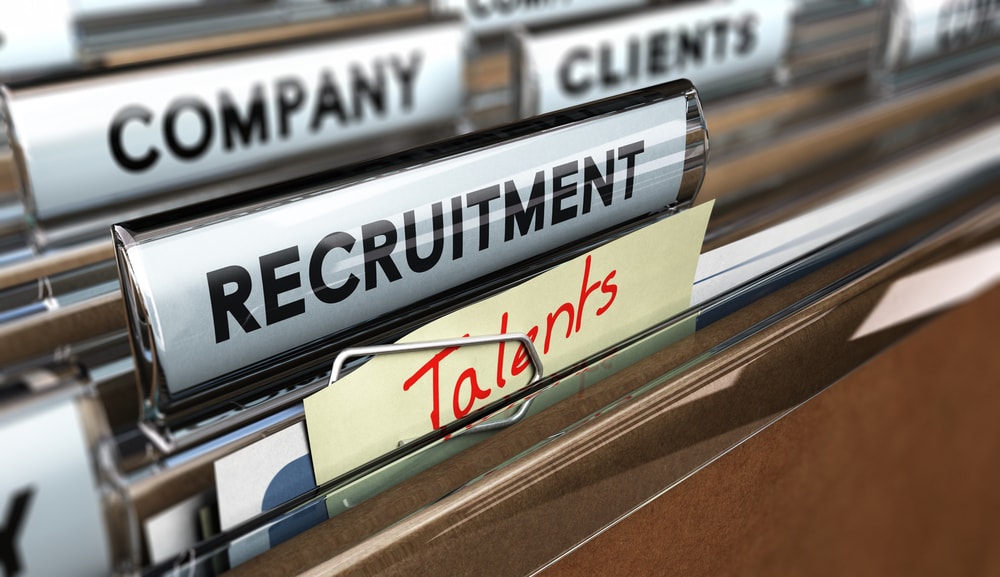with co-author Peter Hall
According to recent guidance from the Wage & Hour Division (WHD) of the U.S. Department of Labor (DOL), “the traditional employment relationship of one employer employing one employee is less prevalent” nowadays than businesses who share employees or use “third-party management companies, independent contractors, staffing agencies or labor providers.” To address this growing trend, which the DOL appears to perceive in many cases as an end-run around wage and hour laws, the WHD issued Administrator’s Interpretation No. 2016-1 (AI) on Jan. 20, 2016. Issued one year to the day before the end of the Obama administration, the DOL is attempting to expand the concept of joint employment relationships under the Fair Labor Standards Act (FLSA), 29 U.S.C. § 201, et seq.
Joint employment occurs when a single worker performs services for two or more separate companies at the same time, each of which is then considered the worker’s employer.
For example, an individual might be employed as a maintenance technician by a company that contracts with hotels to provide maintenance services. The individual would work in the hotel, wear a hotel uniform and provide services critical to the hotel’s operations, but was hired by the maintenance company. Under “joint employment,” the maintenance technician would be employed not just by the maintenance company, but also by the hotel. The distinction is critical, especially from the hotel’s perspective – if the hotel is a joint employer, then it may be liable for minimum wage and overtime violations.
Problems most commonly arise when companies do not realize that they are joint employers. This will be compounded by the new AI, which presents a more expansive definition of joint employment.
This article describes three new issues raised by the AI and suggests strategies for handling them.
The DOL Attempts to Resolve a Split of Authority Amongst the Courts Regarding the Definition of “Joint Employment”
The FLSA governs the payment of wages by employers to employees. Thus, it is important to understand whether a person is an employee and, if so, who is the employer?
The FLSA defines “employ” as “to suffer or permit to work,” and it defines “employer” as “any person acting directly or indirectly in the interest of an employer in relation to an employee.” 29 U.S.C. § 203(d) and (g).
Although these definitions are vague to the point of unhelpfulness, courts agree that employment depends on “economic realities.” But exactly which economic realities should matter varies by jurisdiction.
In the First and Third Circuits, which include Delaware, Maine, Massachusetts, New Hampshire, New Jersey, Pennsylvania, Puerto Rico, Rhode Island and the Virgin Islands, the courts consider whether a company is a joint employer by asking:
- Can the company hire and fire the worker?
- Does the company supervise and control employee work schedules or conditions of employment?
- Does the company determine the rate and method of payment?
- Does the company maintain the worker’s employment records?
If yes, then the company is exercising the type of “direct control” that an employer would typically exercise over an employee, and the company is a joint employer.
Other jurisdictions consider additional factors, which expand the scope of joint employment beyond the key inquiry of “direct control.” In the Second and Ninth Circuits, which include California, Connecticut, Nevada, New York, Oregon, Vermont and Washington, courts consider additional questions related to “functional control” over the alleged employee, including:
- Is the work a specialty job on the company’s production line?
- Is the work piecework as opposed to work that requires initiative, judgment or foresight?
- Is the service performed by the contractor an integral part of the company’s business?
- Are the company’s premises or equipment used for the work?
- Could the company pass responsibility for the contract from one worker to another without material changes?
If yes, a finding of joint employment is more likely. Additionally:
- Does the contractor have a business organization that could shift as a unit from one worksite or employer to another?
- Does the contractor have an exclusive or permanent working relationship with the company?
If not, the contractor appears to be more economically dependent upon the company, making joint employment more likely. Finally:
- Does the contractor have the opportunity for profit or loss depending upon his or her managerial skill? If not, a finding of joint employment is more likely.
The DOL now states that it will apply these broad “functional control” tests from the Second and Ninth Circuit nationwide to expand the definition of joint employment beyond the “direct control” inquiry traditionally favored by courts. Thus, according to the DOL, the new nationwide rule is that “an entity can be a joint employer under the FLSA even when it does not hire and fire its joint employees, directly dictate their hours or pay them.” Zheng v. Liberty Apparel Co. Inc., 355 F.3d 61, 70 (2d Cir. 2003).
The DOL’s Position is Driven by Economics, Not the Law
With refreshing candor, the DOL admits that it is emphasizing joint employment in part because that strategy (a) increases the number of entities from which it can collect damages and (b) reduces the DOL’s risk that it might not be able to collect from an insolvent business. Specifically, the DOL states, “[w]here joint employment exists, one employer may also be larger and more established, with a greater ability to implement policy or systemic changes to ensure compliance. Thus, WHD may consider joint employment to achieve statutory coverage, financial recovery and future compliance, and to hold all responsible parties accountable for their legal obligations” (emphasis added).
In light of this strategy, larger, more established employers who contract with smaller businesses to provide labor should be very cautious. If the smaller company is not able to fully pay damages, the DOL is announcing that it will use its expanded definition of “joint employment” to try to find another company with the means to pay.
The DOL Announces a Shortcut to the Full Joint Employment Analysis Endorsed by the Courts
The DOL also announced that it will apply the regulations promulgated under a smaller, more specialized law, the Migrant and Seasonal Agricultural Worker Protection Act (MSPA) to cases arising under the FLSA. In other words, regulations originally developed for the specific context of farm workers are now being applied to every employee in every industry in the economy.
This adoption of agricultural regulations into the much broader FLSA results in a shortcut that will automatically deem certain companies joint employers – without going through even the broad analysis discussed above. Specifically, MSPA regulation 29 C.F.R. 500.20(h)(4) states that “[i]f it is determined that the farm labor contractor is an employee of the agricultural employer/association, the agricultural workers in the farm labor contractor’s crew who perform work for the agricultural employer/association are deemed to be employees of the agricultural employer/association and an inquiry into joint employment is not necessary or appropriate.” (emphasis added).
The DOL provides an example of how this would work outside of the agricultural context: “If a drywall subcontractor is not actually an independent contractor, but is an employee of the higher-tier contractor, then all of the drywall subcontractor’s workers are also employees of the higher-tier subcontractor.” Critically, this does not allow for any examination of the agreement between the drywall subcontractor and the general contractor or between the subcontractor and its workers. Indeed, the general contractor could be contractually prohibited from setting any terms or conditions of employment or even from firing the drywall subcontractor’s workers. Further, the subcontractor’s workers may not even be employees of the subcontractor.
Yet the DOL would conclude, without any analysis, that the general contractor is an employer of all of those workers.
Tips for Engaging Staffing Agencies While Minimizing Potential for Exposure Based on a Joint Employment Relationship
In light of the DOL’s new guidance and the changing legal landscape, companies should audit their independent contractor relationships at least annually with the assistance of counsel. With specific regard to the new AI, companies should consider the following additional precautions:
- When soliciting services from independent contractors or subcontractors, larger companies will want to perform due diligence concerning the contractor’s (a) solvency, (b) ability to pay its labor and (c) its compliance with applicable wage-and-hour laws.
- Companies in jurisdictions that do not currently include the Second and Ninth Circuit’s “functional control” analyses in their joint employment standards will want to audit their contractor relationships for compliance.
- All companies should audit their own independent contractor relationships at least annually for compliance with the DOL’s guidance in order to avoid being “deemed” the employer of the contractor’s own employees and subcontractors.
While the regulatory landscape is still shifting in favor of finding more, as opposed to less, joint employment liability, with careful planning and contracting, joint employer exposure can be minimized.











